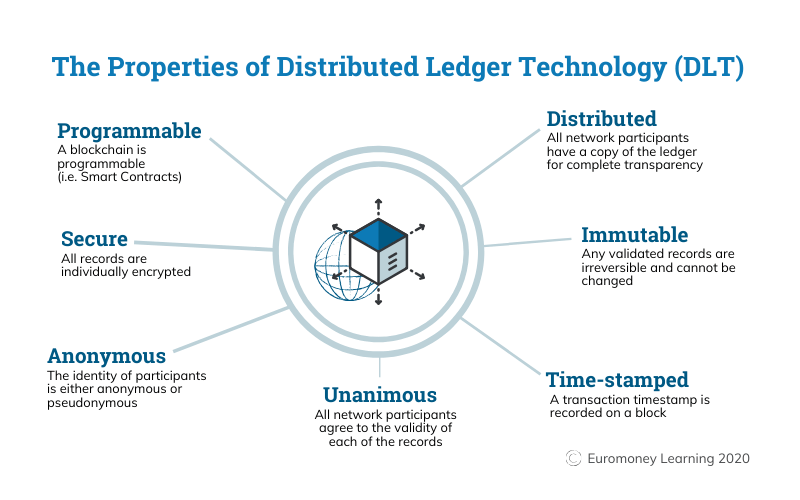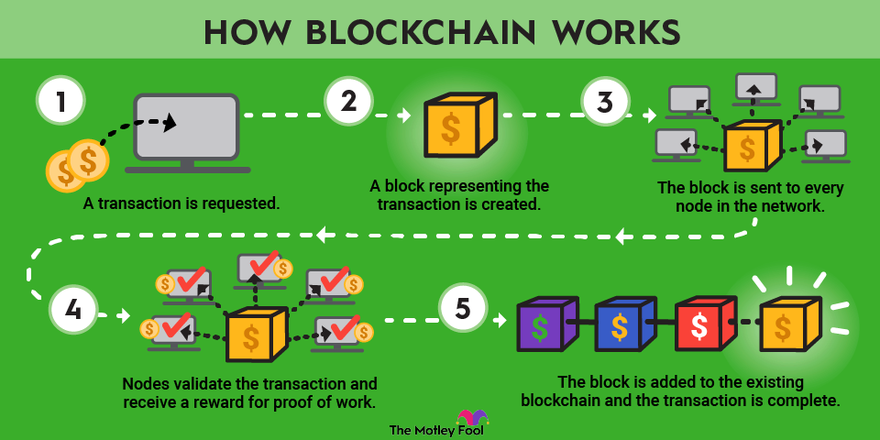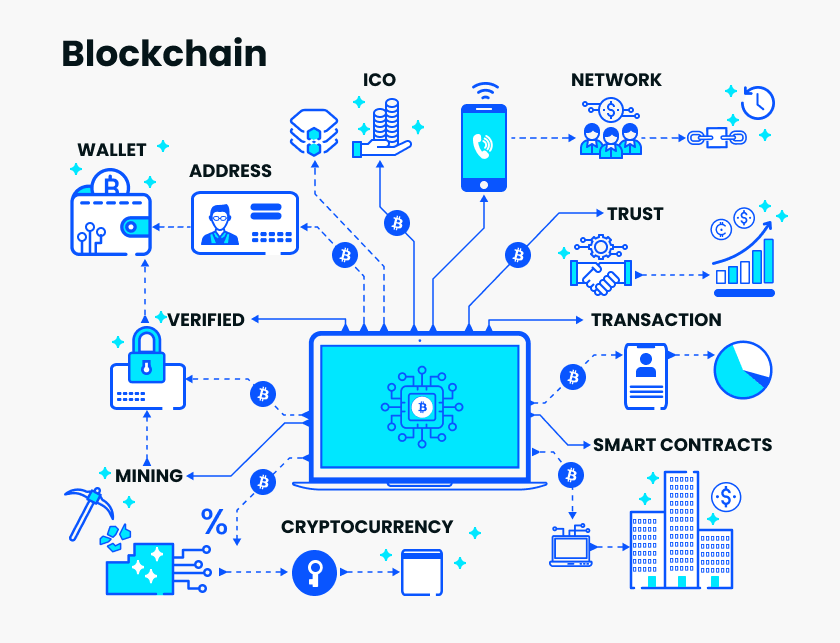If you’re looking to get up to speed with the latest and greatest in technology, blockchain is a must-know. Blockchain technology is revolutionizing the way we interact with each other and with data. It’s a new way of storing and verifying information, and it has the power to change the way we do business. In this guide, I’ll explain the basics of blockchain technology, the different types of blockchain, and how it’s already being used in the real world. Whether you’re a total beginner or an experienced tech geek, this guide will give you all the info you need to get started with blockchain.
What is Blockchain Technology and How Does it Work?

Blockchain technology is a revolutionary form of technology that has taken the world by storm. It’s a distributed ledger system that stores and tracks data in an immutable, secure, and decentralized way. Blockchain technology works by recording and verifying data using a network of computers, which are connected together using cryptography. The data stored on the blockchain is secured using consensus algorithms, which ensure that all the computers in the network have the same information. This makes it virtually impossible for data to be hacked, tampered with, or changed without everyone in the network agreeing to the changes. Blockchain technology provides a new level of transparency and trust, making it an ideal platform for a variety of applications.
Benefits of Implementing Blockchain Technology

Blockchain technology offers numerous benefits for businesses and organizations. It provides transparency and trust, thanks to its distributed ledger system that records and verifies every transaction. This makes it harder for fraudulent activities to take place and increases the security of data. Additionally, it also reduces transaction costs and speeds up the process by eliminating intermediaries. Furthermore, blockchain technology also ensures data privacy since it stores data in encrypted forms and allows users to control who has access to their information. This makes it an ideal choice for organizations looking to securely store and transfer data. In short, blockchain technology offers a secure, efficient, and cost-effective way to manage data and transactions.
Challenges and Risks of Adopting Blockchain Technology

Adopting blockchain technology comes with its own set of challenges and risks. One of the main challenges is that the technology is still relatively new and not widely understood. There is also a lack of clarity around regulations and legal considerations, as well as a risk of cyber attacks. Additionally, blockchain technology is not always compatible with existing systems, so there may be significant costs associated with integrating it into existing infrastructure. Finally, the lack of experienced personnel and the complexity of the technology can make it difficult to implement and manage. Despite these risks, blockchain technology can provide significant benefits, making it worth the effort.
Understanding the Legal Implications of Blockchain Technology

Understanding the legal implications of blockchain technology is essential. It’s not just the technical aspects that need to be taken into consideration. Legal considerations, such as privacy, ownership, and liability, are important to understand in order to make sure you are compliant with applicable laws. Blockchain technology also has the potential to disrupt existing systems and regulations, so it’s important to be aware of how the law views these changes. Additionally, the use of smart contracts and decentralized applications may come with their own unique set of legal implications. Knowing what the laws and regulations are and how they apply to your use of blockchain technology will help ensure your business remains up to date and compliant.
Tips for Avoiding Plagiarism in Blockchain Technology Content

When writing about blockchain technology, it’s important to make sure that you don’t plagiarize any content. Here are some tips to help you avoid plagiarism: cite your sources and provide links to them; double check to make sure that you’re not copying someone else’s words or ideas; and always give credit where credit is due. Additionally, make sure to create unique content by juxtaposing different ideas and sources. This will help you come up with fresh, original content. Finally, use technology to your advantage – there are plenty of online tools available to help you check for plagiarism before you publish your work. Following these tips can help ensure that your content is both original and informative.





GIPHY App Key not set. Please check settings